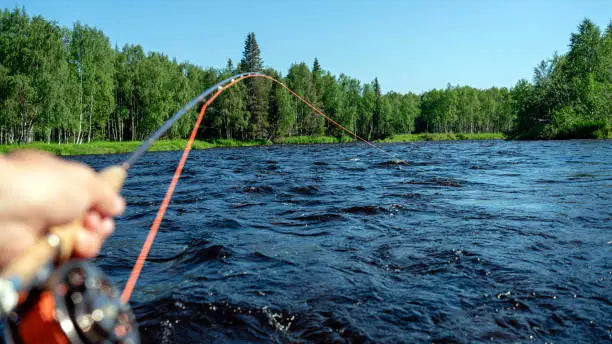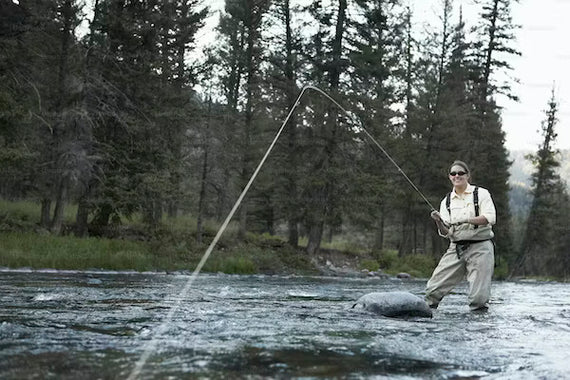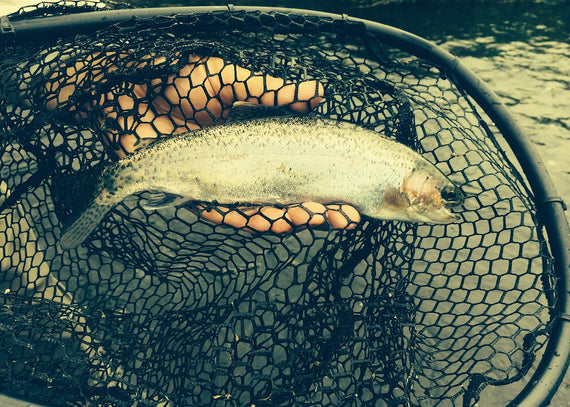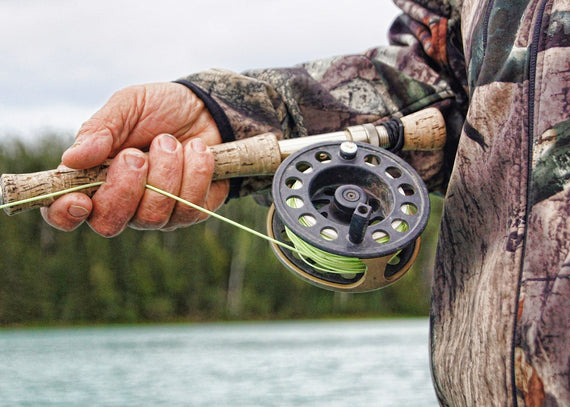The adventures of fly fishing can be exciting and rewarding. This is what all the fly-fishing anglers would say. But before you cast your first line, there are some important aspects that everyone should be aware of. Let us dive into the essentials that every aspiring angler should know before fully going out on their first adventure. In this blog, we will understand waders, the art of netting your catch, and the fundamentals of fishing.
Investing in Quality Waders:
- Wader Basics:
Waders are not just the outfits you wear while fishing, they also provide you with comfort so that you can focus on fishing and not get wet during fishing. These waterproof garments keep you dry as you wade through streams, rivers, and lakes. When selecting waders, consider the material, fit, and features that align with your fishing preferences.
- Importance of Wader Boots:
Pairing your waders with the right boots is crucial. Wader boots provide traction on slippery rocks and uneven surfaces, preventing slips and enhancing your stability in the water. Go for felt-soled boots for excellent grip and rubber-soled options for versatility and eco-friendliness, reducing the risk of spreading invasive species.
- Choosing the Right Fit:
Ill-fitting waders can hamper your mobility and comfort. Ensure your waders fit properly without being too tight, allowing for a full range of motion. Adjustable suspenders and a proper boot fit are key considerations for personalized comfort.
Mastering the Art of Netting:
- Selecting the Right Fishing Net:
A fishing net is not just a tool, it's a crucial component of safe fishing. Choose a net with a soft, knotless mesh to minimize stress and potential injury to the fish. The size of the net should be appropriate for the species you target, ensuring a smooth and efficient landing.
- Proper Technique for Landing Fish:
When netting a fish, use smooth and controlled movements to guide it into the net. Avoid aggressive motions that could injure the fish or damage its protective slime layer. Handle fish with wet hands to protect their delicate mucous layer.
Understanding the Importance of Proper Casting Techniques:
- Mastering the Basic Overhead Cast:
The fundamental casting technique in fly fishing is the overhead cast. Imagine a clock, lift the rod smoothly to the twelve o'clock position, and then cast forward to ten o'clock. Practice this motion until it becomes a controlled movement, allowing for precise and accurate presentations.
- Adapting to the Roll Cast:
The roll cast is a flexible method that can be used in confined spaces. To begin the cast, roll the line across the surface of the water and lift the rod smoothly. When traditional casting is not feasible, this method comes in very handy and lets you fish in tight spaces with efficiency.
Conclusion:
Before immersing yourself in the enchanting world of fly fishing, equip yourself with the knowledge and skills that form the foundation of a fulfilling angling experience. Quality waders, proper netting techniques, and mastery of casting are not just elements of the sport; they are keys that unlock the doors to a world of excitement, ethical angling practices, and a deeper connection with nature. As you venture into the waters, may each cast bring you closer to the art and joy of fly fishing. Happy angling!



 loading="lazy"
loading="lazy"
 loading="lazy"
loading="lazy"
 loading="lazy"
loading="lazy"